Analysis of ancient Dorset Norman remains sheds light on atrocities
After scientific testing and analysis, archaeologists have concluded that the remains of more than 50 headless bodies found in a mass grave in Britain belonged to the Vikings. The sheer size of this burial is especially surprising because «a mass grave is a relatively rare find, but to find one of this size from this period of history is extremely unusual,» according to archaeologist David Score.
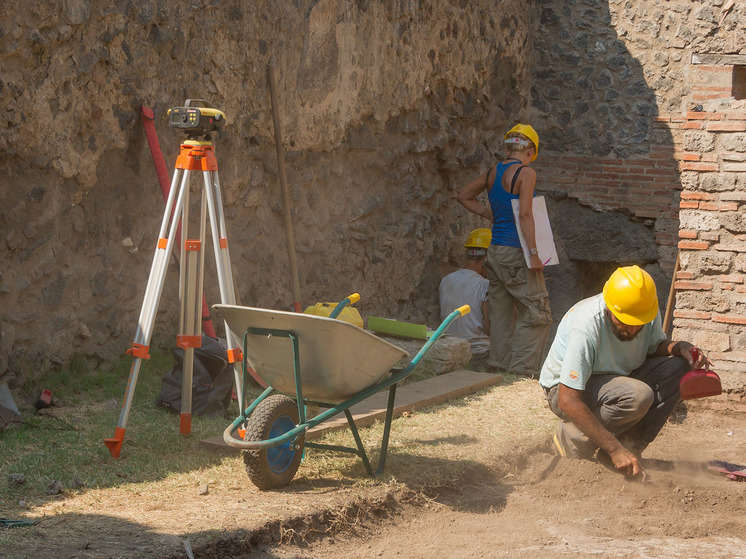
Back in June 2009, archaeologists made a shocking discovery in a seaside town in England. During excavations in preparation for the proposed road construction, scientists discovered a mass grave in a disused Roman quarry containing the remains of 54 dismembered skeletons, which became known as the Dorset Headless Viking skeletons. In the shallow grave, they also found 51 skulls piled on one side of the hole. This curious find has led many to wonder who these people were and why they were killed in such a horrific manner.
After 15 years of searching for answers regarding Dorset's headless Vikings and studying the bones their exact dating has not been confirmed, but it is believed that the remains belong to people who once lived during the early Middle Ages, between the 5th and 10th centuries. The deaths likely occurred during and as a result of the conflict between the Anglo-Saxons and the Vikings.
All the remains belong to men, mostly under the age of 25, some slightly older. There are no signs of battle wounds on any of the remains other than wounds inflicted during execution, so it is likely that these men were prisoners rather than military personnel. No clothing or other remains were found in the pit, leading to speculation that the men were naked when they were executed.
“The men appear to have been killed all at once, and the executions appear to have been carried out hastily and rather chaotically. Some were found to have multiple blows and deep cuts to their vertebrae, jawbones and skulls. Damage to the bones of the hand and wrist indicates that some of them may have resisted execution by hand,” — say the researchers.
When the remains were discovered by archaeologists, the skulls, leg bones and rib bones were placed in separate piles. It turned out that the burial pit was not dug specifically for this purpose and that it simply happened to be a convenient place to bury the bodies.
One interesting detail is that there were three fewer skulls than the number of skeletons discovered in the hole. It is believed that the three heads may have been kept as souvenirs or impaled on stakes. They may have belonged to high-ranking officials.
Scientists are searching for answers to whether the beheaded Dorset Vikings are linked to the St. Brice's Day massacre. There are many theories as to who these people were and why they were executed.
Author of the book “Weapons and Viking War” Kim Siddorn suggested that «they abandoned their ship, went inland, came across an unusually well-organized force of Saxons and were probably forced to surrender.» This is supported by the fact that the site of their death was central to the conflicts between the native Saxons and the invading Vikings.
It has also been suggested that executions may have taken place in front of an audience as a kind of display of power, authority and triumph. Some argued that those executed were actually defectors or traitors killed by their own men. Another theory, put forward by Dr. Britt Bailey in the National Geographic documentary The Viking Apocalypse, suggests a connection between these executions and the St. Brice's Day Massacre. The massacre was part of the legacy of Aethelred the Unready, who ruled England in the late 10th and early 11th centuries and had to deal with problems caused by Viking invasions and internal strife. On November 13, 1002, St. Brice's Day, Æthelred ordered the massacre of all Danes in England.
«Although the goal was to destroy the Danish settlers in England to prevent further Viking raids, it actually resulted in large-scale retaliation by the Danes, escalated the conflict and ultimately exacerbated the Viking invasions. Ultimately, Ethelred was succeeded by the Danish king Cnut the Great,” — the scientist said.

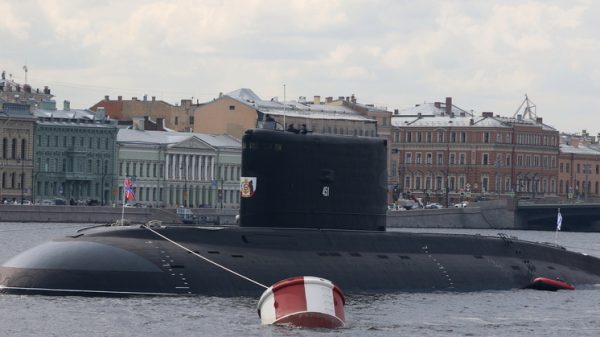

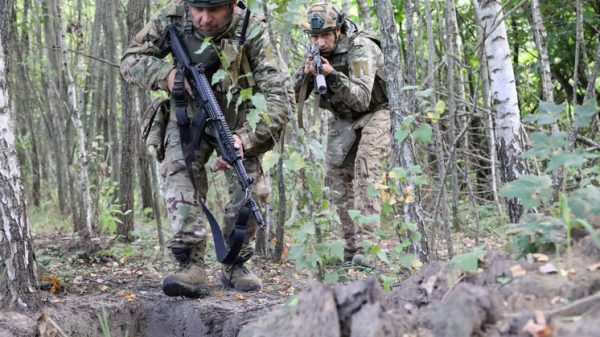
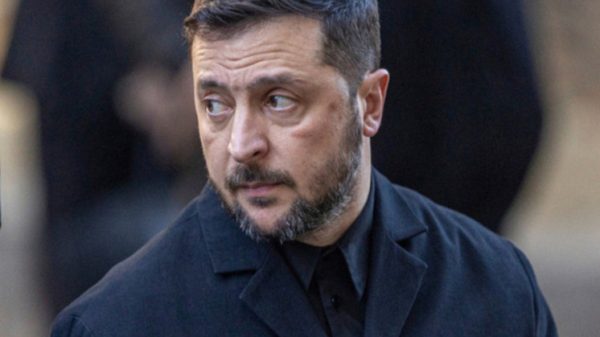








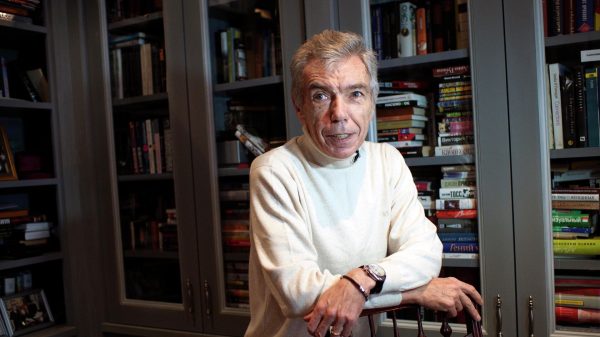

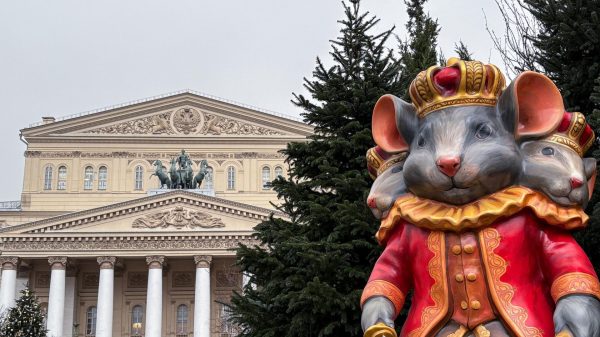
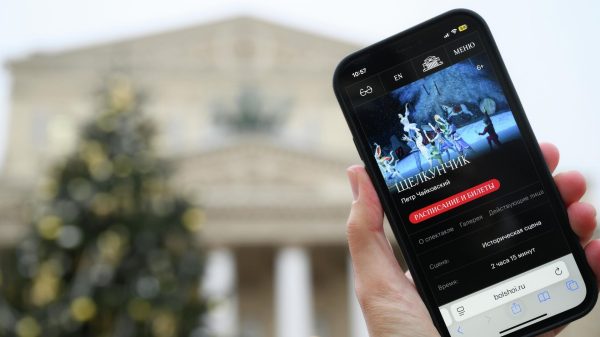
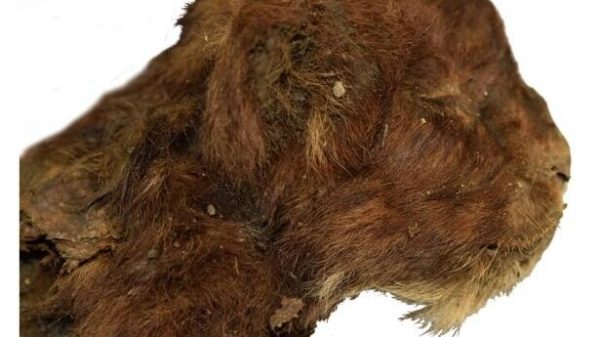


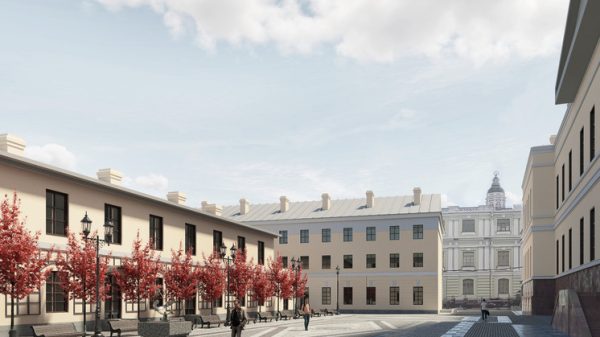













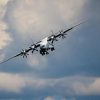
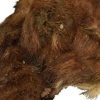











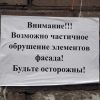










Свежие комментарии